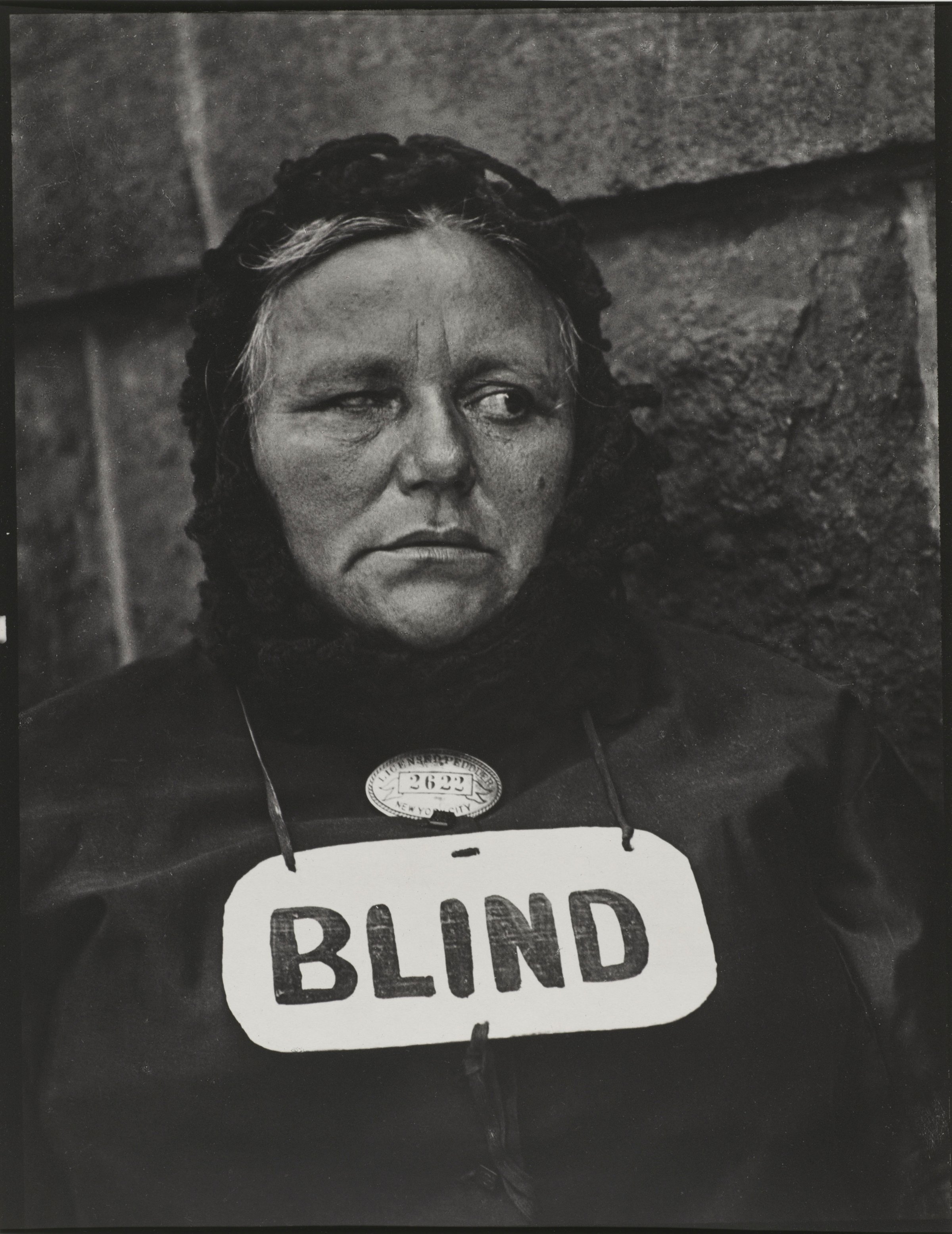
Though he had a long and varied career — one that saw him experiment with pictorialism, help revolutionize documentary photography and produce avant-garde film — for most of his life, photographer Paul Strand remained a committed modernist.
Now, the first major retrospective of his work in almost 50 years, running at the Philadelphia Museum of Art, the home of over 4,000 of his prints, presents him as not only a critical figure in the history of modern art, but seeks to affirm his place as one of the founders of photography as we know it today.
Born in New York in 1890, Strand studied under pioneering lensman Lewis W. Hine and was immersed in his brand of bourgeoning social reform journalism. Though much of Strand’s early work was influenced by 19th Century high art photography, an urge to effect change through the lens persisted.
It was Hine who took Strand to visit the Little Galleries run by the Photo-Secession — a group of lensmen who worked to have photography recognized as an art form — and it was there that he met member and gallery owner Alfred Stieglitz, a pictorialist who had been experimenting with large format cameras and would later pioneer a stripped down form of documentary photography.
When Steiglitz famously criticized the “graphic softness” of Strand’s work, Strand’s photography changed direction. He adopted a “straight up” documentary style and like any modernist worth his salt, believed that through this use of technology — more specifically the camera — humankind could be improved. Indeed, this new approach can be seen as a blend of Stieglitz’s then revolutionary experiments with modernism and Hine’s concerns with effecting social change.
Two of Strand’s most famous images, Blind and Wall Street, exemplified this shift and could be considered among prototypes for the future development of photography as a medium. The first, Strand’s image of a blind woman on the streets of New York, seems to show us the socially-engaged student of Hine documenting poverty, but all the while preserving the clean aesthetics of then-emergent modernism. Though in a move that some commentators see as problematic, he would often mount a false brass lens to the side of his camera while photographing using a second working lens hidden under his arm. This meant that Strand’s subjects likely had no idea he was taking their picture.
Wall Street is without doubt a modernist work. The image shows the silhouetted figures of pedestrians thrown into relief by the walls of Manhattan’s financial institutions. In a traditional sense, the work has no focal point and may have seemed oddly abstract, even ugly, to some of the pictorialists of the day. This, too, is a “straight” shot of workers going about their lives, with some scholars seeing it as a Hine-like comment on the subservience of man to commerce.
“For him, the camera was a machine — a modern machine,” Peter Barberie, curator of the Philadelphia show, tells TIME. “He was preoccupied with the question of how modern art — whether it’s photography or not — could contain all of the humanity that you see in the western artistic traditions.”
Paul Strand: Master of Modern Photography runs until Jan. 4, 2015 at the Philadelphia Museum of Art
Richard Conway is reporter/producer for TIME LightBox
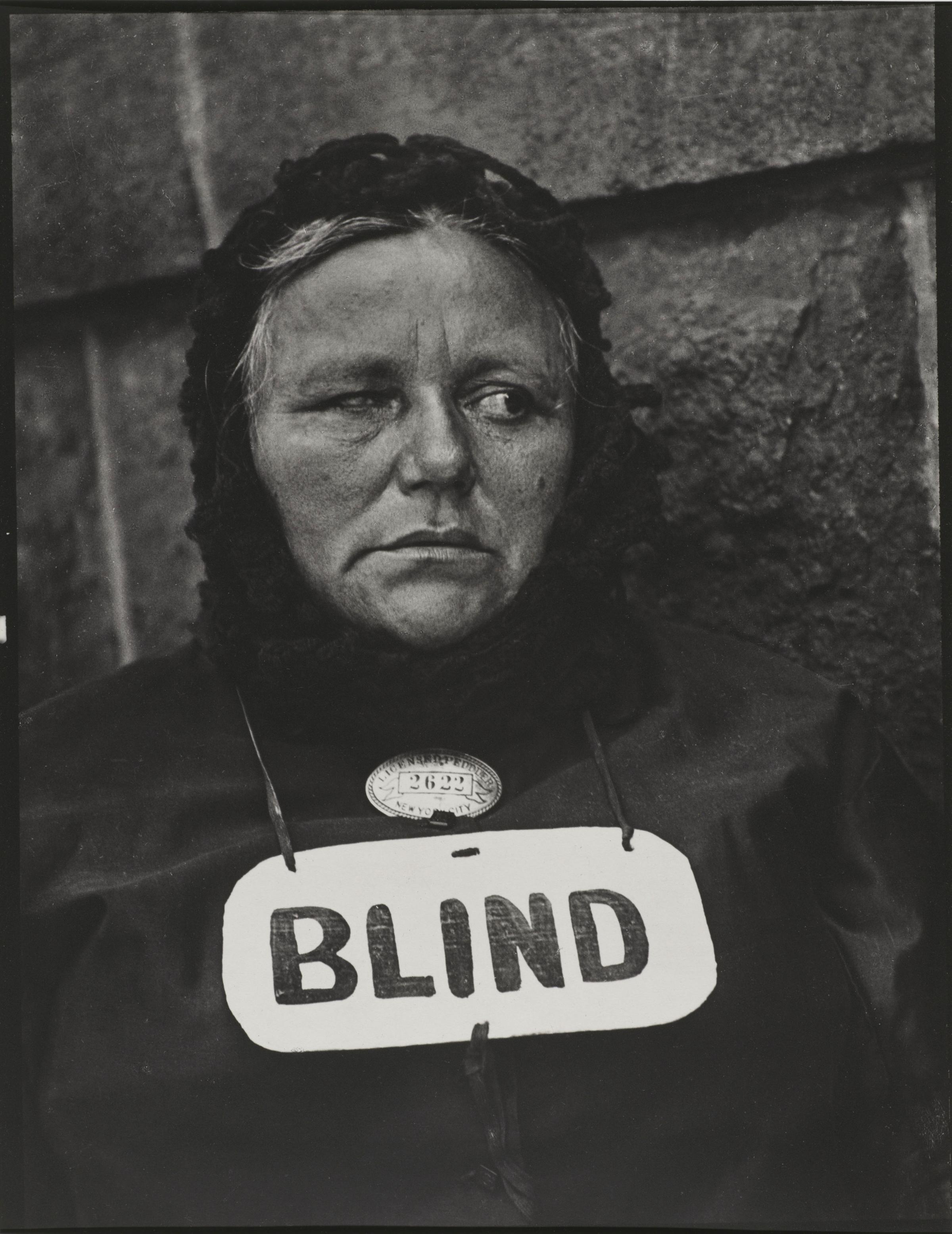
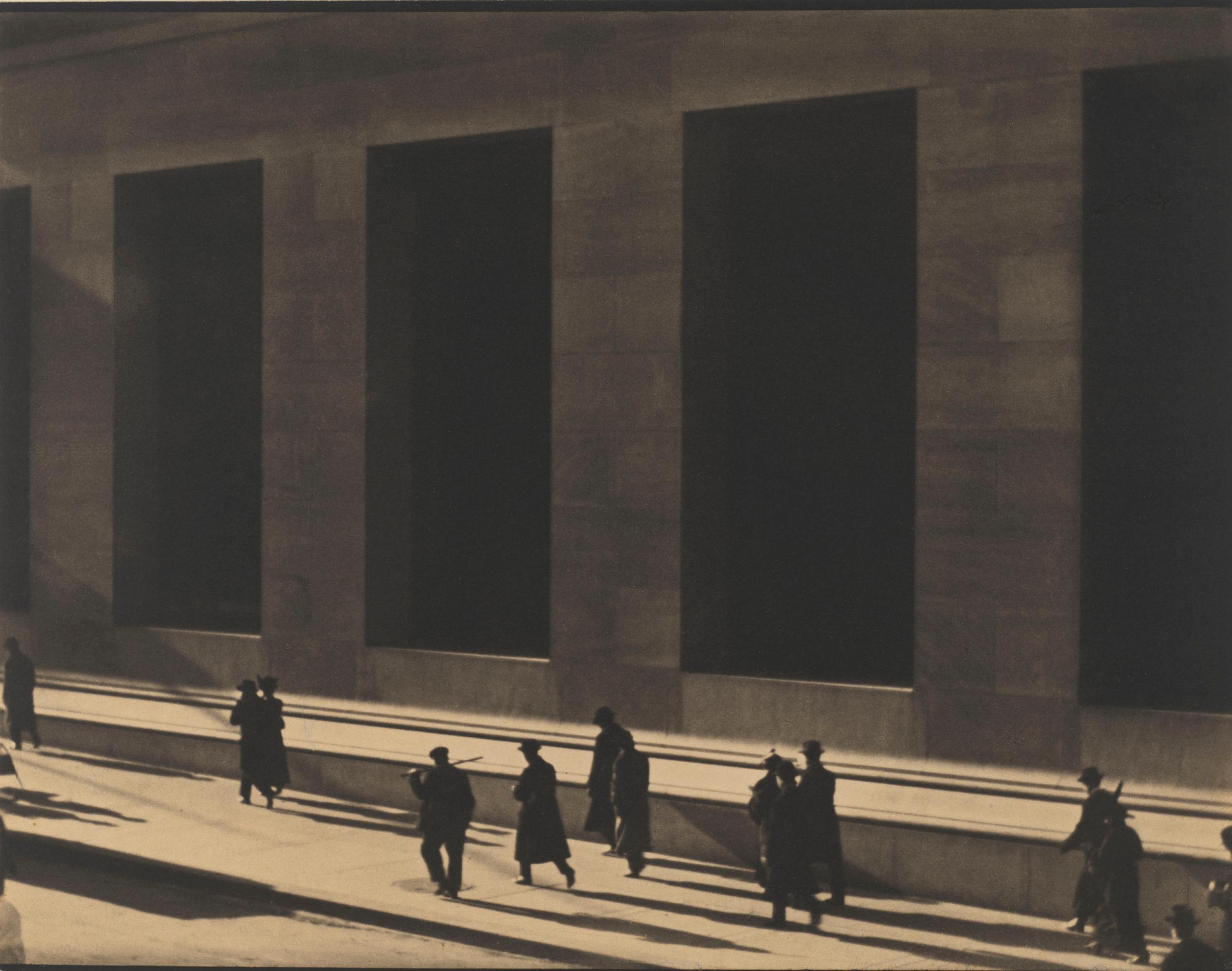

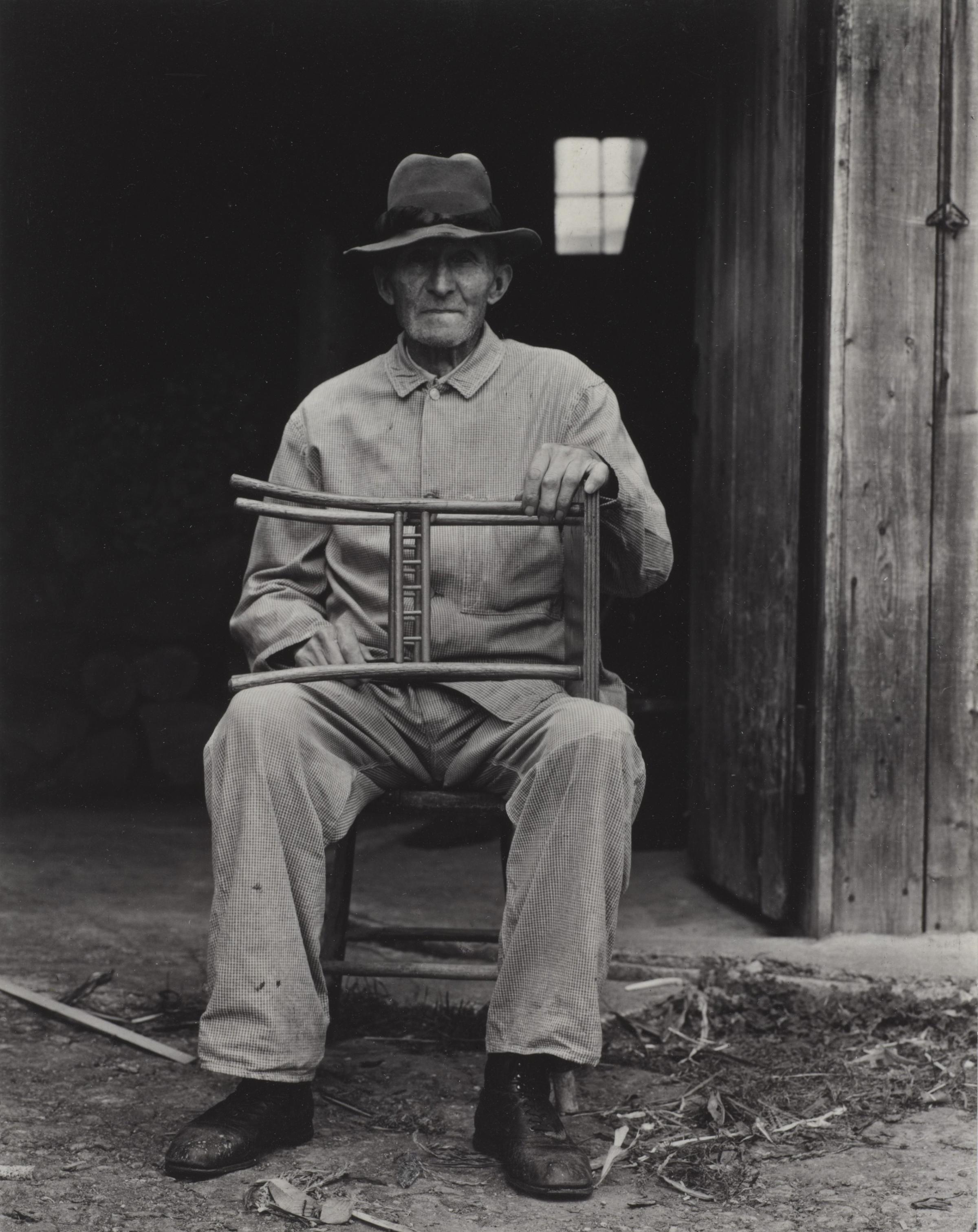
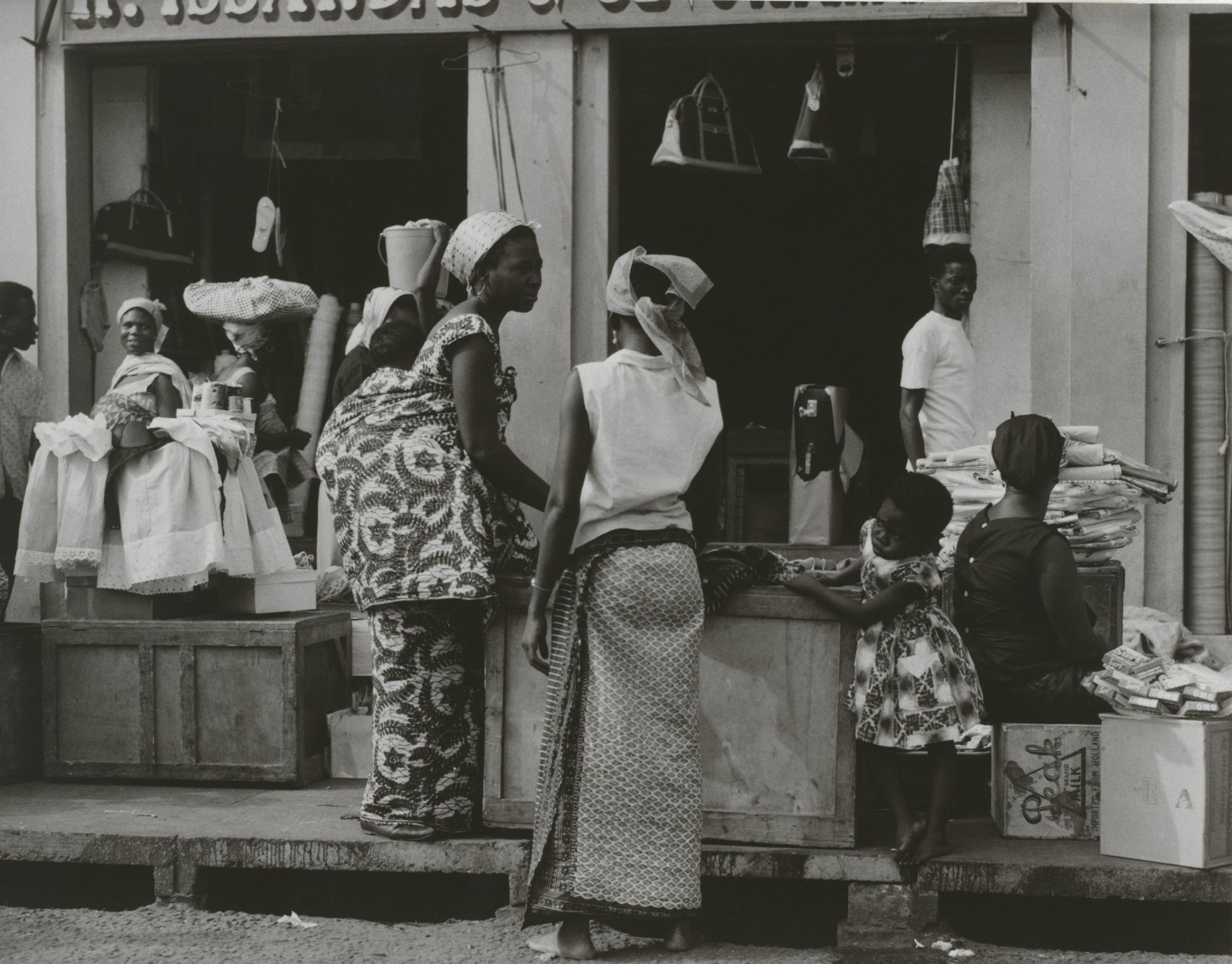
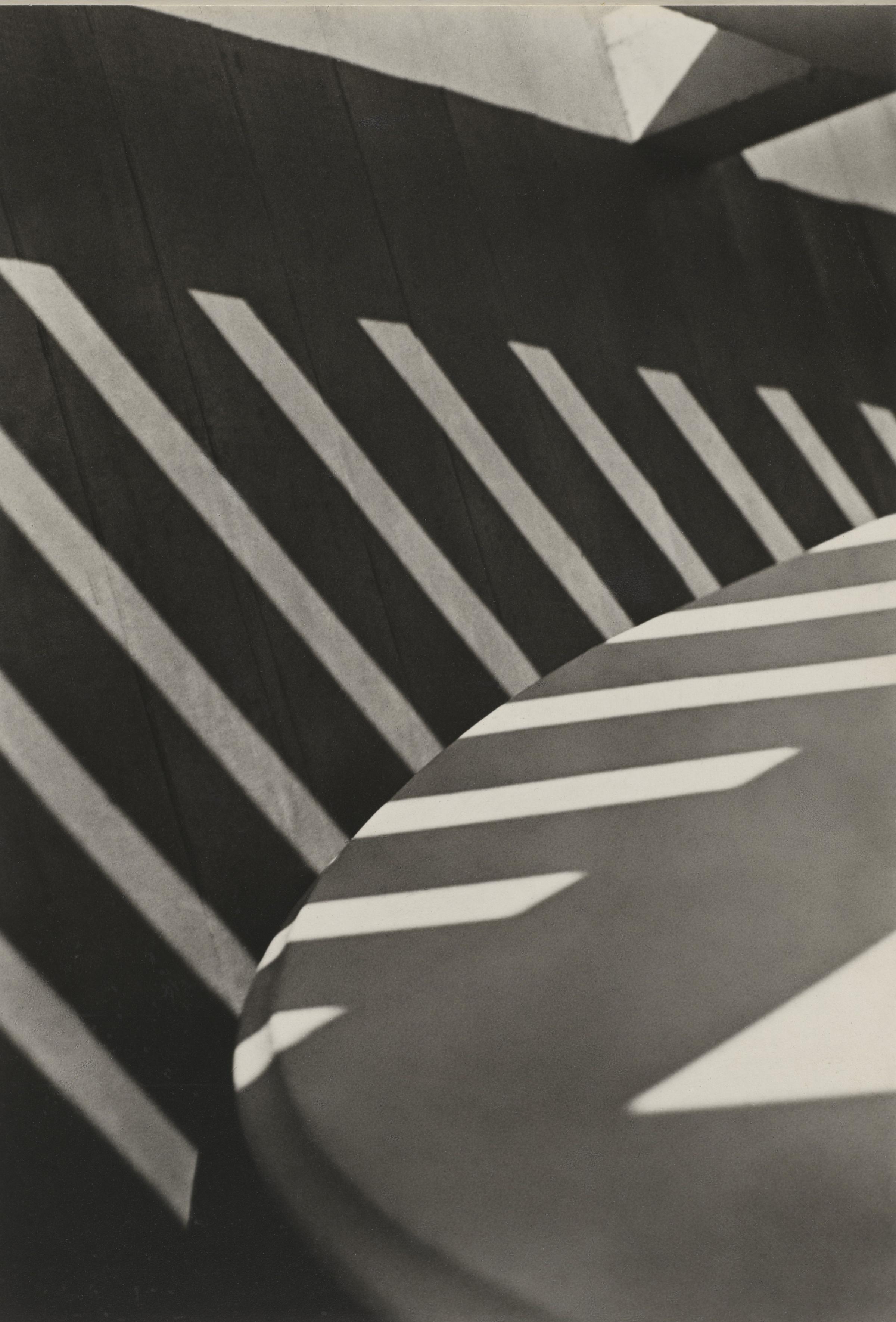
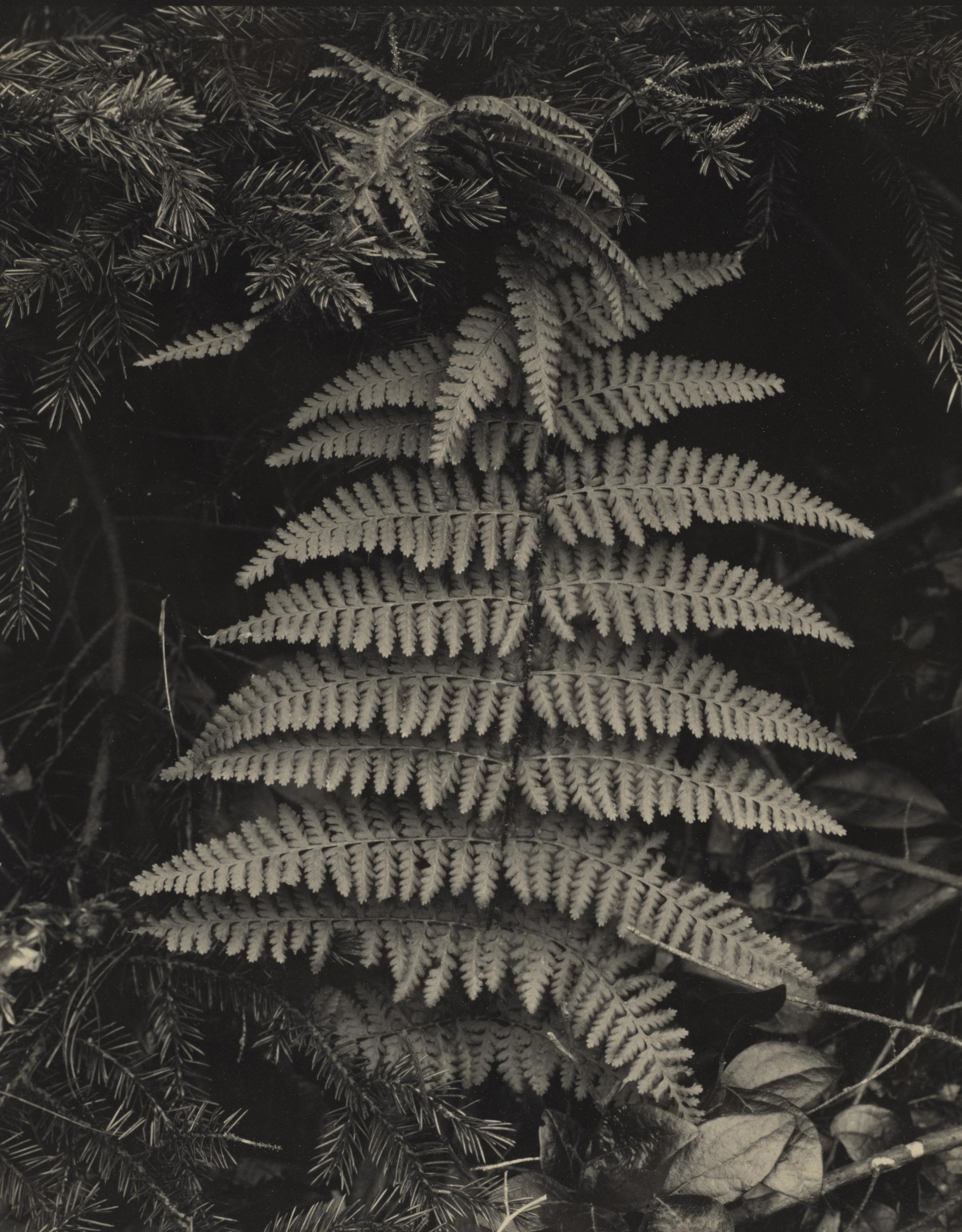

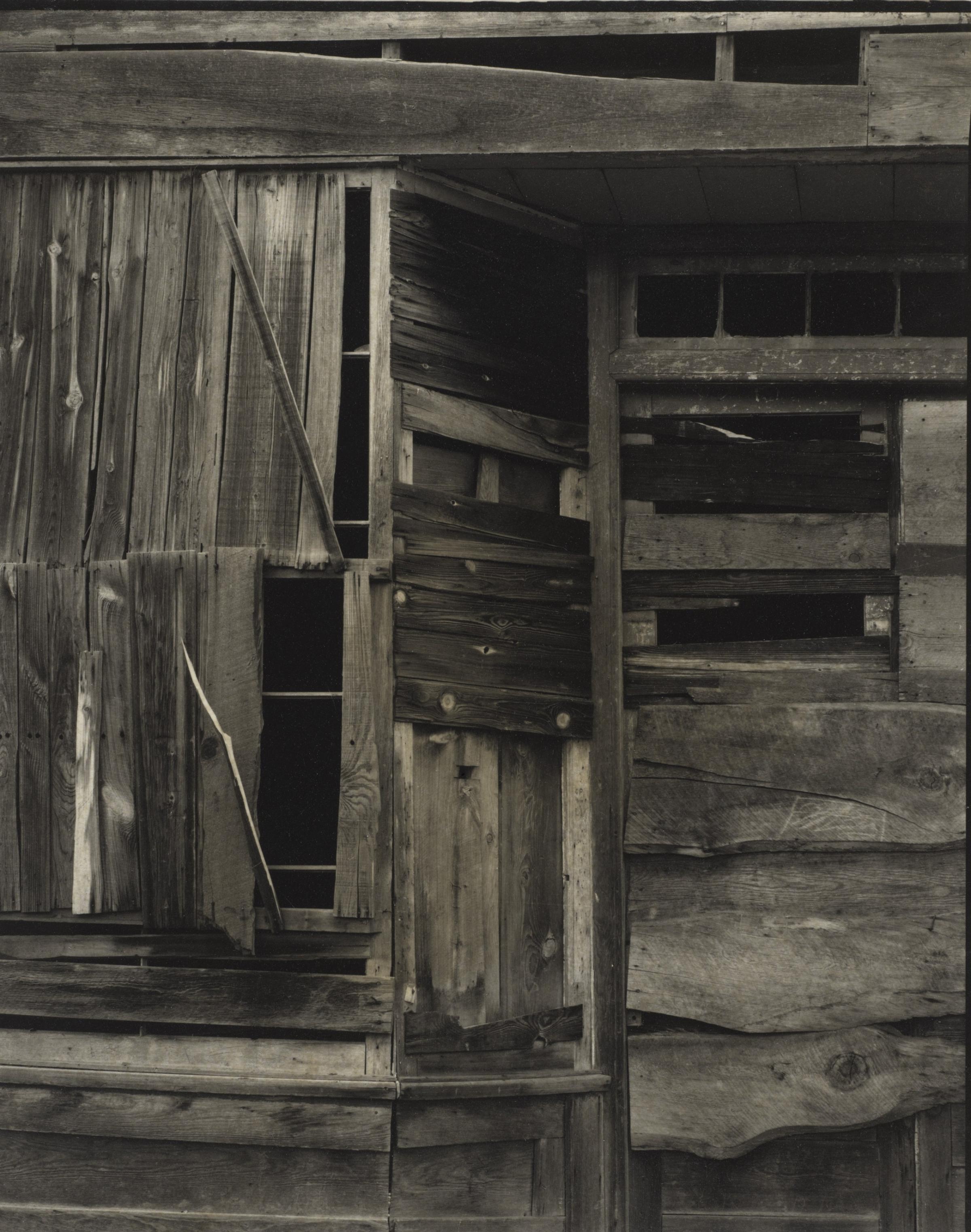
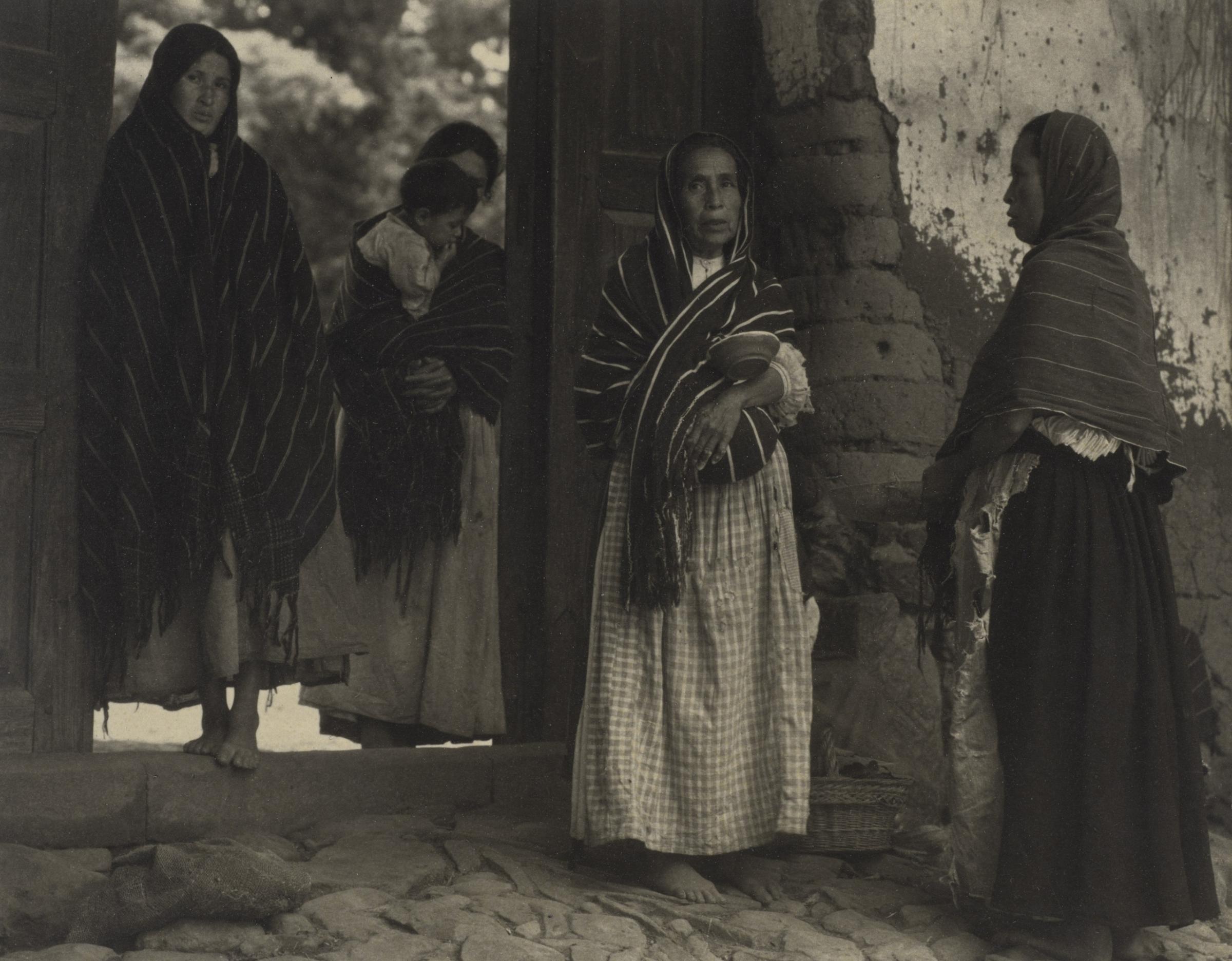
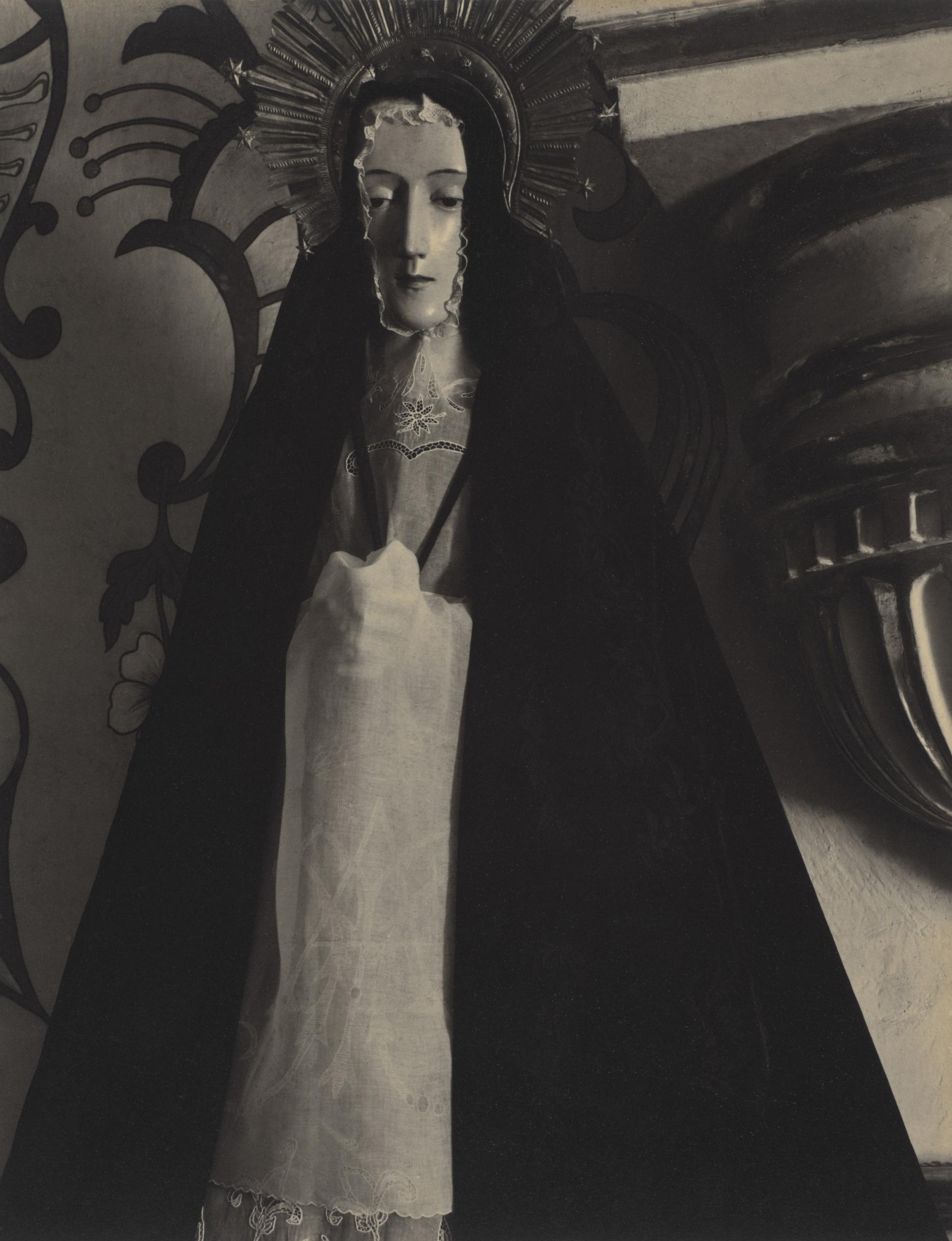

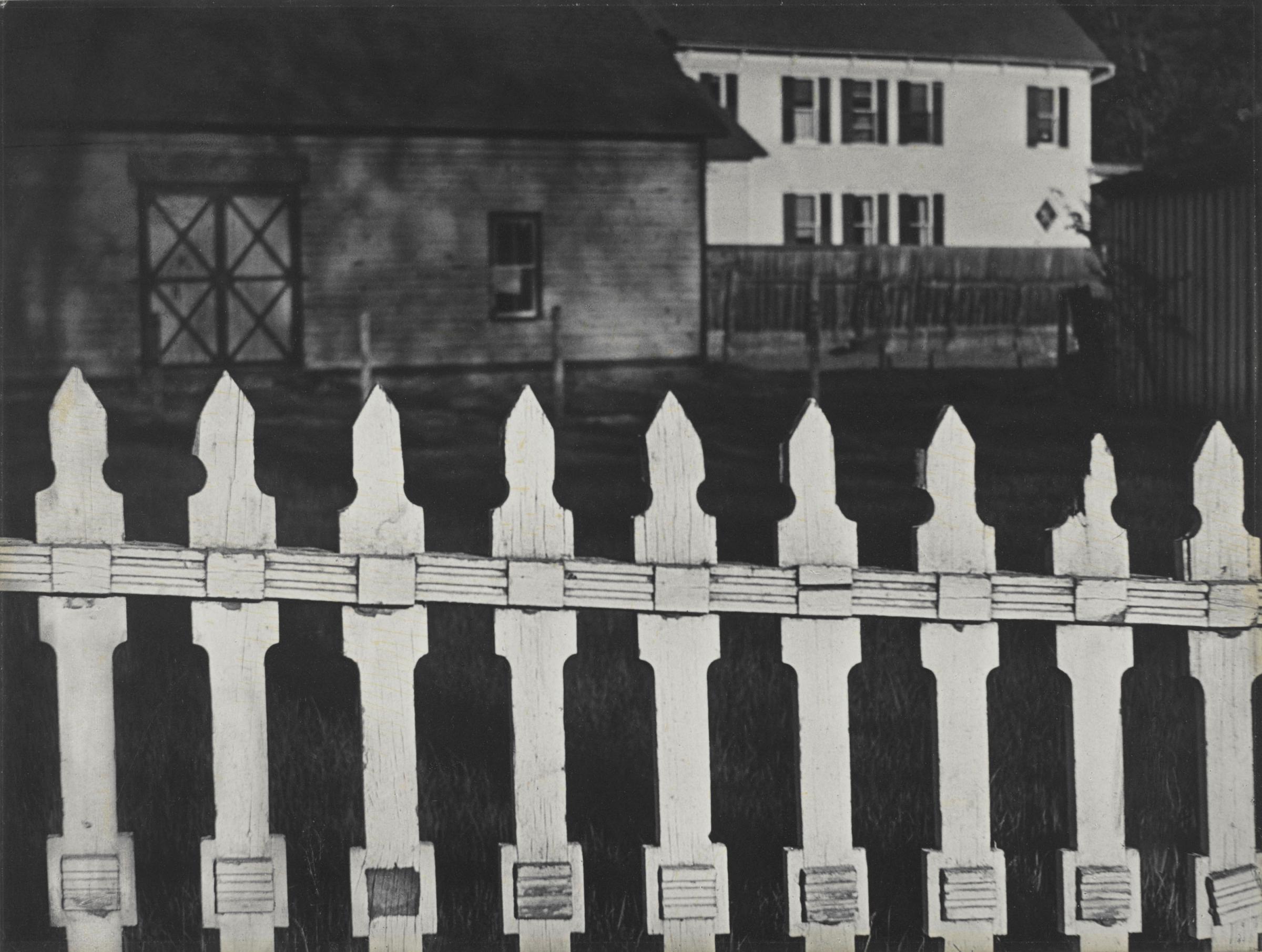
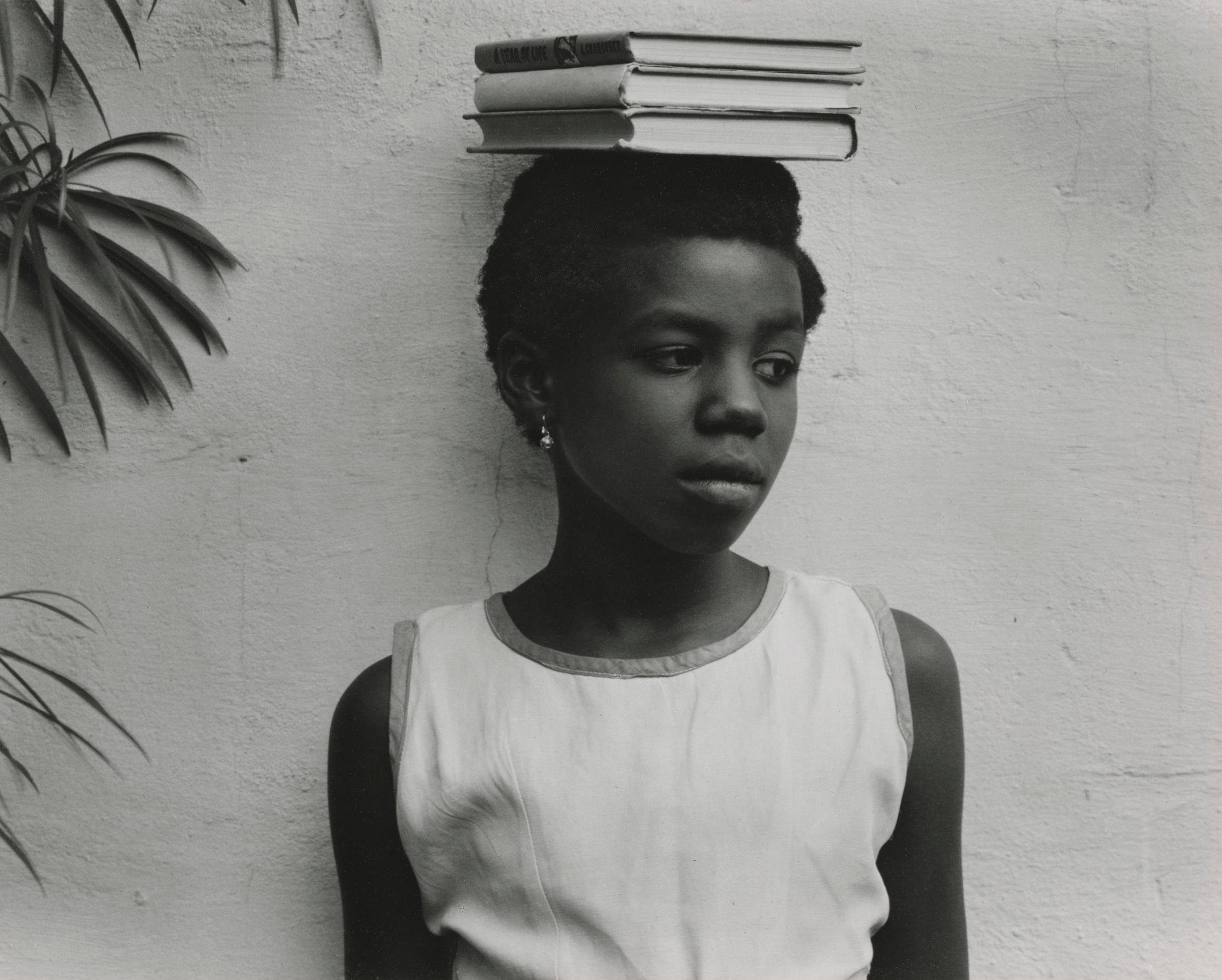
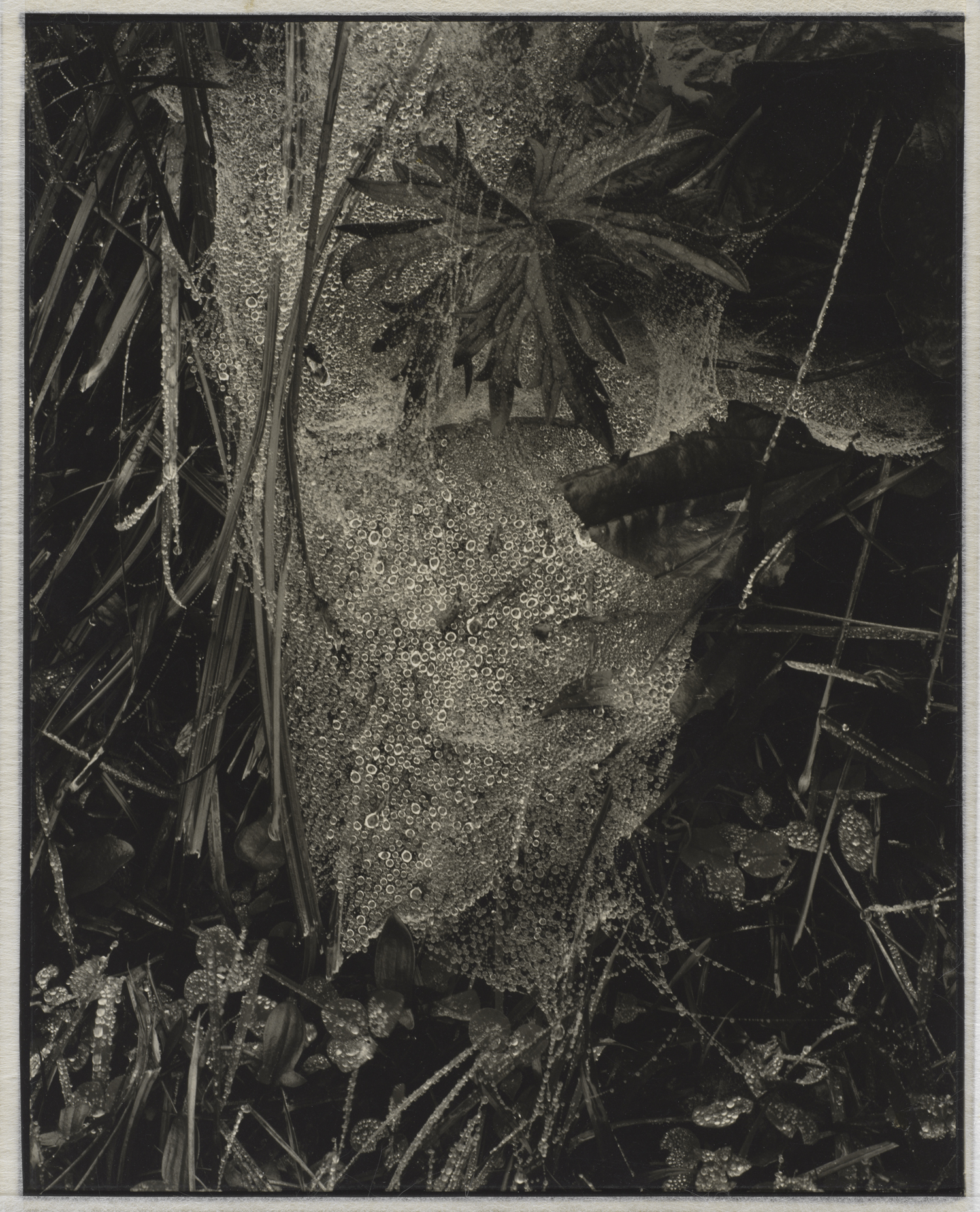

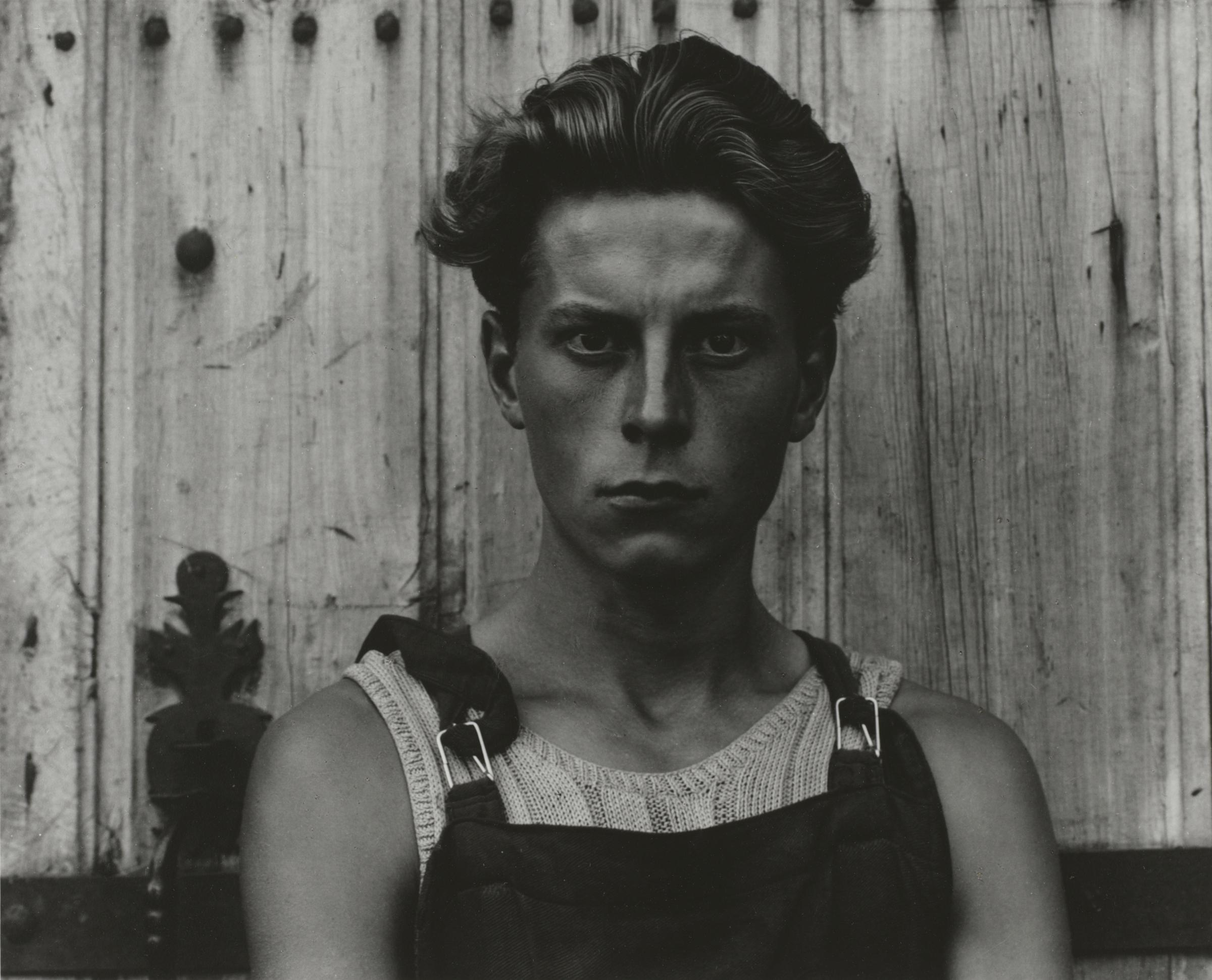
More Must-Reads From TIME
- The 100 Most Influential People of 2024
- The Revolution of Yulia Navalnaya
- 6 Compliments That Land Every Time
- Stop Looking for Your Forever Home
- If You're Dating Right Now , You're Brave: Column
- The AI That Could Heal a Divided Internet
- Fallout Is a Brilliant Model for the Future of Video Game Adaptations
- Want Weekly Recs on What to Watch, Read, and More? Sign Up for Worth Your Time
Contact us at letters@time.com